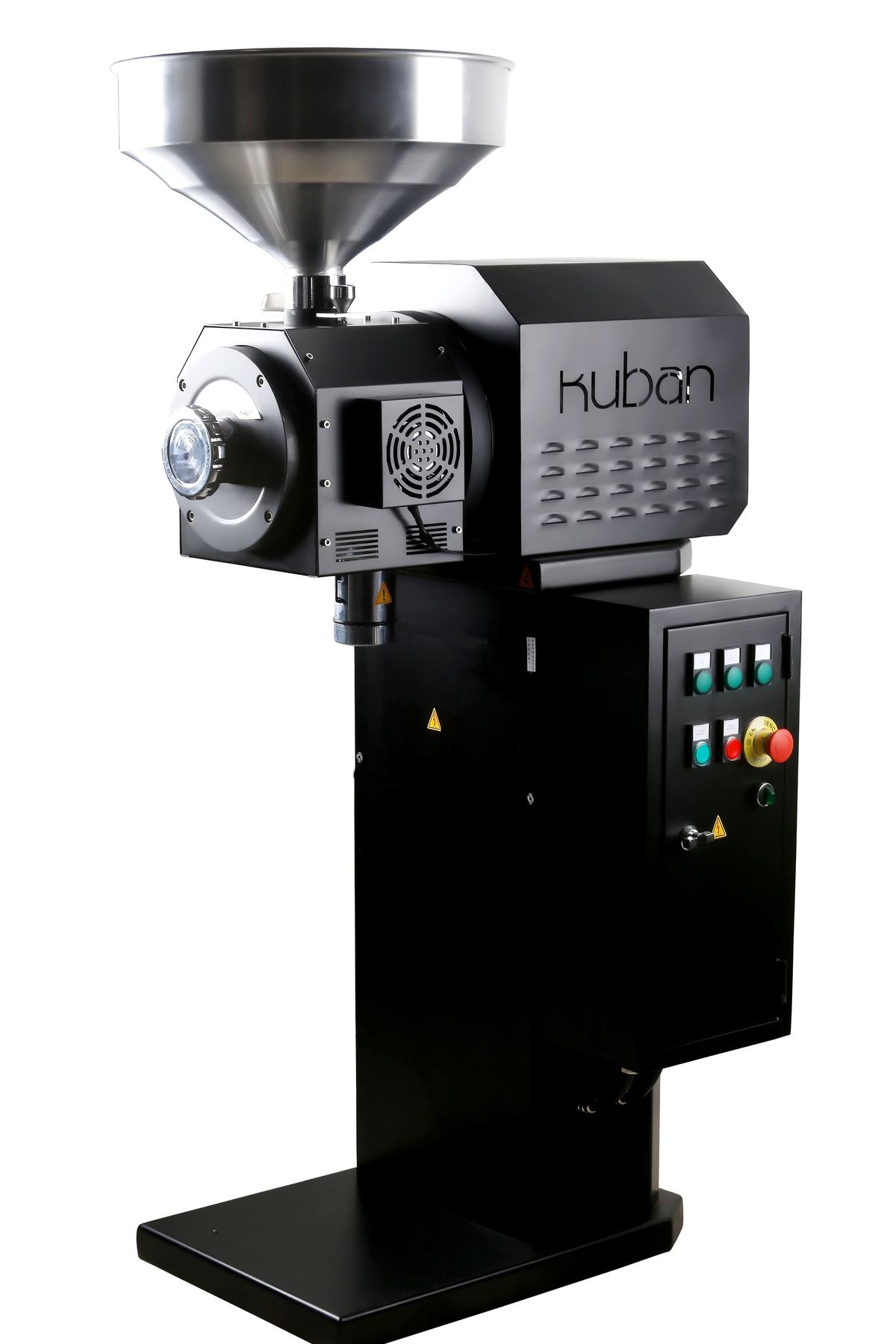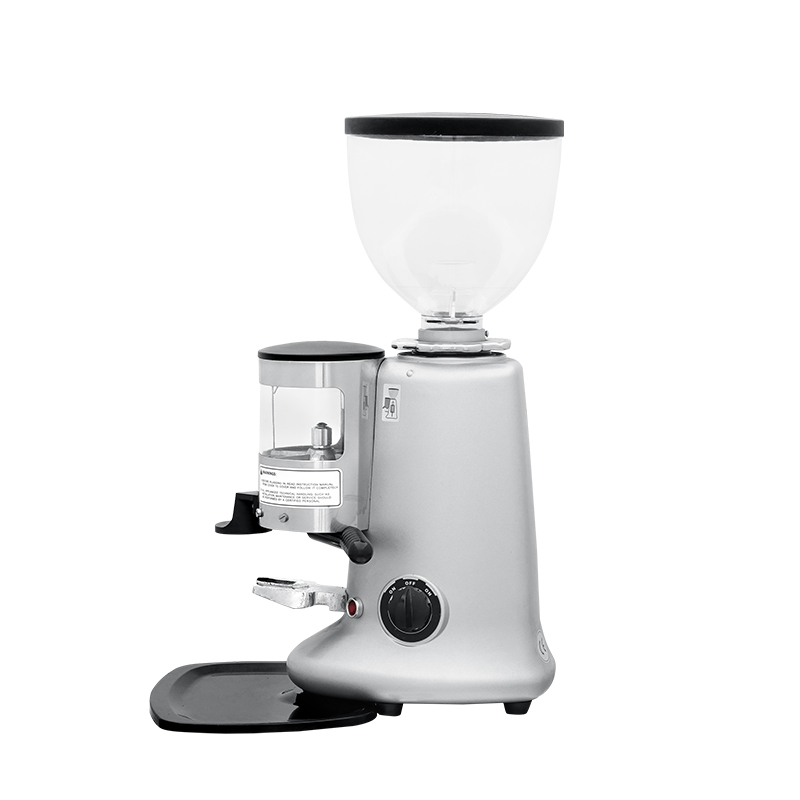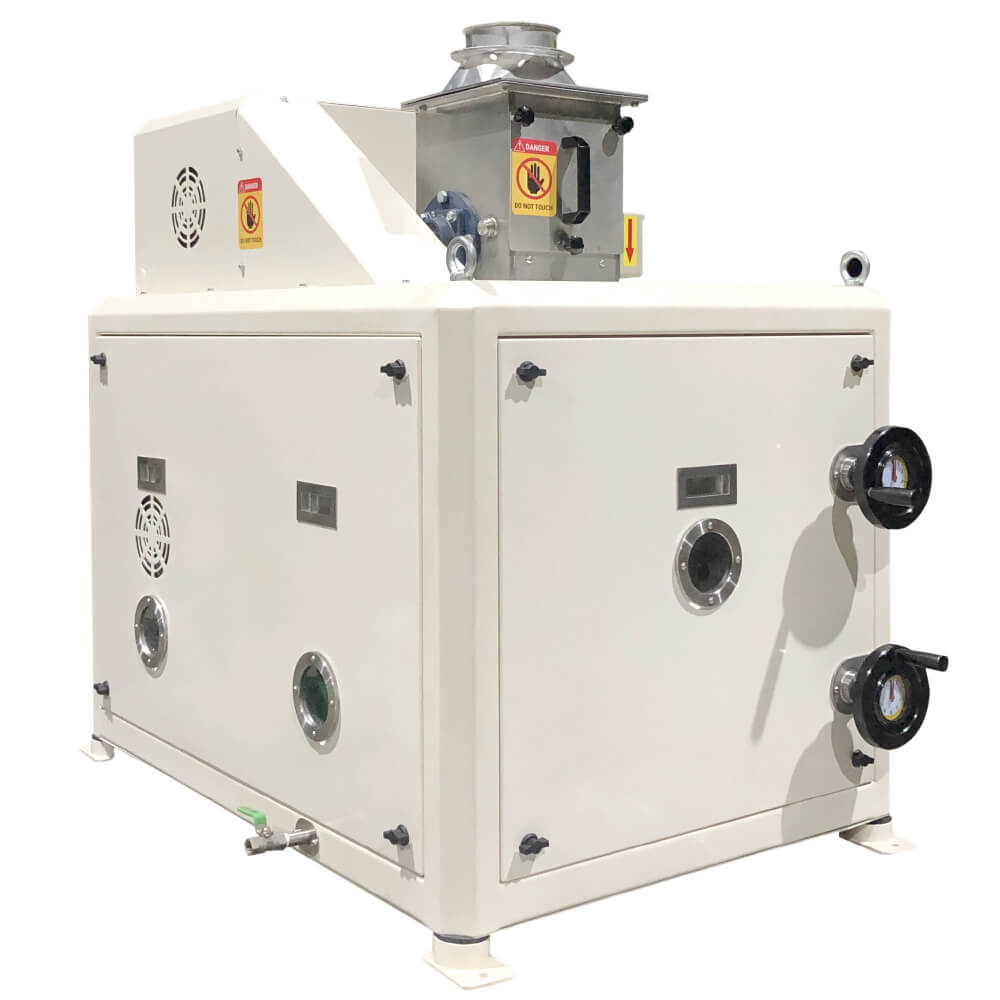How to Pick the Perfect Industrial Coffee Grinder for Your Organization
Choosing the perfect industrial coffee grinder for your organization is a multifaceted decision that needs careful consideration of numerous important variables. It is crucial to assess your specific grinding demands, consisting of the volume of coffee processed and the desired grind consistency, as these components directly affect taste and client complete satisfaction. Furthermore, comprehending the different sorts of mills readily available can considerably influence your functional performance. As you browse these factors to consider, one need to likewise weigh the ramifications of budget plan and upkeep. What other elements could make or damage your choice?
Assess Your Grinding Requirements
When picking an industrial coffee mill, one must first assess their grinding needs to make sure optimal performance and consistency. This preliminary assessment includes comprehending the quantity of coffee to be refined daily, as well as the desired work size for numerous developing approaches. A high-capacity mill may be necessary for businesses serving huge quantities of coffee, while smaller operations may find a more compact version sufficient.
Furthermore, it is necessary to consider the kinds of coffee beans being used, as various beans might require certain grinding strategies to accomplish the best taste profile. Oily beans might demand a mill developed to handle such qualities without clumping or overheating.
An additional critical aspect is the called for work consistency. Specialty coffee services typically require exact work dimensions to enhance extraction and taste, making it vital to choose a grinder that can supply consistent results. Assessing the offered space and electrical demands will certainly help in picking a grinder that fits perfectly right into your functional workflow. By completely examining these elements, businesses can make informed choices that line up with their coffee grinding demands, inevitably causing a superior item and pleased consumers.
Understand Grinder Types
Recognizing the different types of industrial coffee mills is important for making an educated selection that meets details functional requirements. There are mainly two classifications of grinders: blade mills and burr mills.
Blade mills use rotating blades to cut the coffee beans, resulting in an irregular work size - Industrial Coffee Grinder. While they might be extra cost effective, they are commonly not suitable for commercial applications where precision is essential
On the other hand, burr grinders offer a much more uniform grind by crushing the beans in between 2 surface areas. They can be further classified into level burr and conelike burr grinders. Flat burr mills supply a constant grind dimension and are typically preferred for coffee preparation, while conelike burr mills are flexible and can handle a series of brew methods, from espresso to French press.
When choosing a mill, take into consideration the particular demands of your service, consisting of desired grind consistency, production quantity, and the kinds of coffee beverages you plan to offer - Industrial Coffee Grinder. Each grinder kind has its restrictions and advantages, so comprehending these nuances makes it possible for notified decision-making that lines up with operational goals
Evaluate Grind Size Consistency
Achieving work dimension consistency is crucial for generating high-grade coffee, as variants in bit dimension can substantially impact extraction and taste. When picking a commercial coffee mill, it is critical to examine how well the equipment preserves uniformity in grind size throughout different batches. Irregular work sizes can cause uneven extraction, leading to a cup that might taste extremely bitter or weak.
To analyze grind size consistency, think about mills with features such as adjustable work settings and high-quality burrs. Burr mills, in particular, succeed in generating uniform fragment sizes compared to blade grinders. The product and form of the burrs play a vital duty, with stainless steel and ceramic options offering durability and precision.

Consider Production Capability
In the hectic world of coffee manufacturing, thinking about manufacturing capacity is paramount for companies intending to fulfill demand without sacrificing high quality. The manufacturing ability of a commercial coffee mill directly influences a business's capability to fulfill orders efficiently, manage stock, and reply to fluctuating market fads.
When analyzing production capability, it is important to examine the grinder's outcome price, commonly determined in extra pounds per hour. This dimension must straighten with your organization's projected sales quantity and growth targets. As an example, a café with a high turn over might need a mill that can process a number of hundred pounds daily, while a smaller procedure could suffice with a reduced capacity model.
Furthermore, consider the kind of coffee being refined. Various beans and blends may impact grinding speed and performance, necessitating a mill with the ability of managing varied manufacturing demands. It's additionally worth considering the grinder's capacity to maintain regular quality under high result problems, as any type of fluctuations can read affect the last item.
Inevitably, selecting a mill that matches your company's production capacity will ensure you have a peek here stay responsive and competitive to client assumptions.

Spending Plan and Upkeep Factors
When examining the right industrial coffee grinder, budget plan and upkeep factors play a substantial function in the general decision-making process. An initial financial investment in a high-quality mill can generate long-term benefits, but it's vital to establish a clear budget that straightens with your business's functional needs. Think about both the acquisition price and potential functional expenses, such as power consumption and replacement parts.
Maintenance is another vital aspect that can influence your spending plan. Industrial coffee mills call for normal upkeep to make certain optimum efficiency and longevity. Examine the supplier's referrals for upkeep, consisting of cleaning timetables and components replacement, as these will certainly influence long-lasting functional costs. Furthermore, consider the accessibility of service and support, as trustworthy aid can alleviate downtime and repair costs.

Spending in a mill that is resilient yet very easy to maintain can save money gradually. While lower-priced alternatives may be tempting, they might sustain higher upkeep costs and lowered efficiency. Eventually, balancing initial costs with long-term upkeep and operational effectiveness will certainly guide you to the best option for your company's coffee grinding requirements.
Conclusion
Choosing the perfect commercial coffee grinder necessitates a detailed analysis of grinding demands, grinder kinds, grind size uniformity, production ability, and budgetary considerations. An appropriate mill not just boosts the top quality of the coffee produced however likewise adds to the overall success and success of the venture.
Specialty coffee companies usually demand accurate grind sizes to boost view it now removal and taste, making it important to choose a grinder that can provide consistent results. Apartment burr mills use a consistent work size and are usually favored for espresso prep work, while conical burr mills are flexible and can manage an array of brew methods, from coffee to French press.
When choosing a commercial coffee mill, it is critical to evaluate exactly how well the machine keeps uniformity in work dimension across various sets. Burr mills, in certain, stand out in creating consistent fragment dimensions contrasted to blade grinders.Picking the ideal industrial coffee grinder demands a thorough assessment of grinding needs, grinder types, grind size uniformity, manufacturing ability, and budgetary factors to consider.